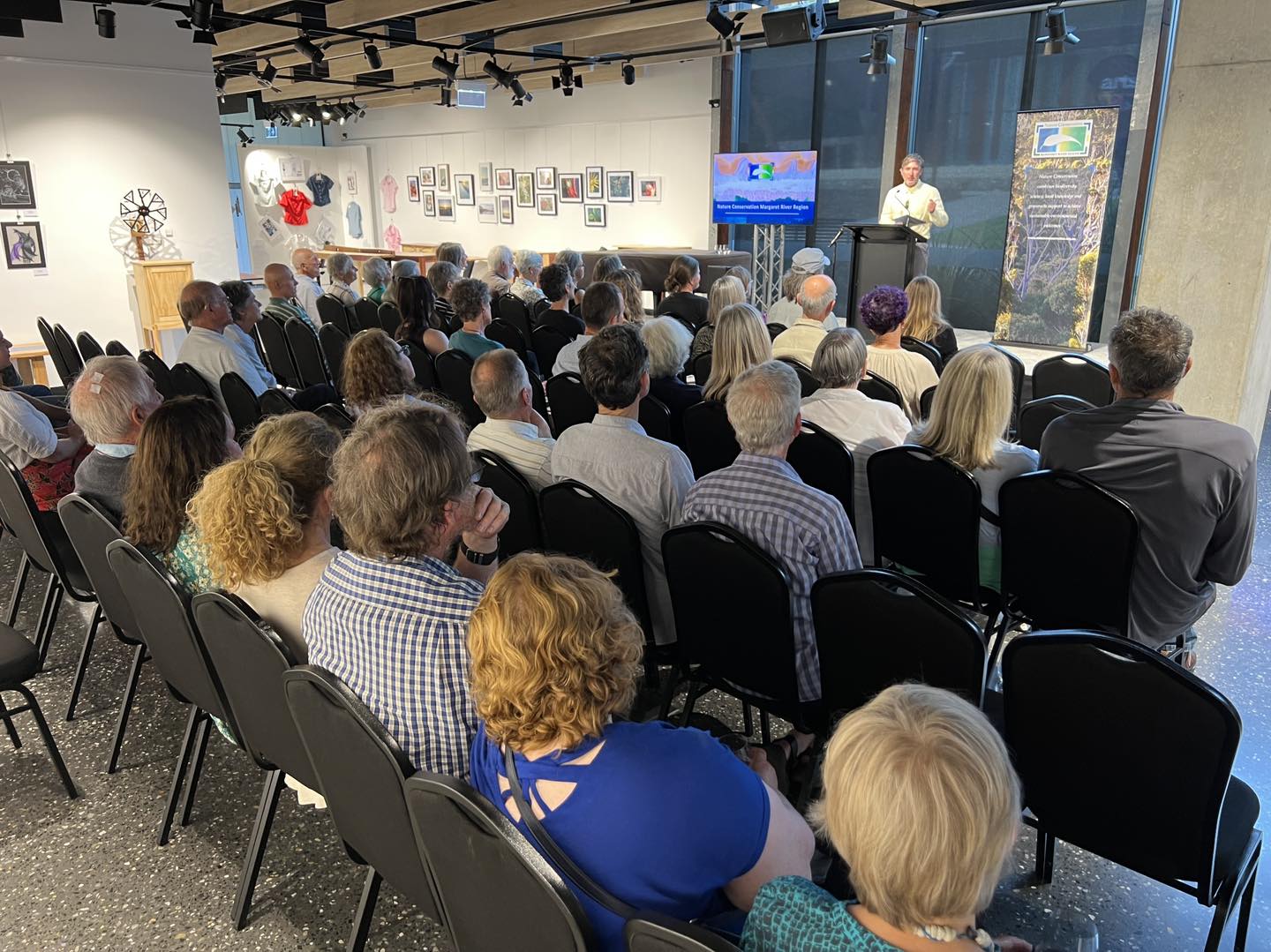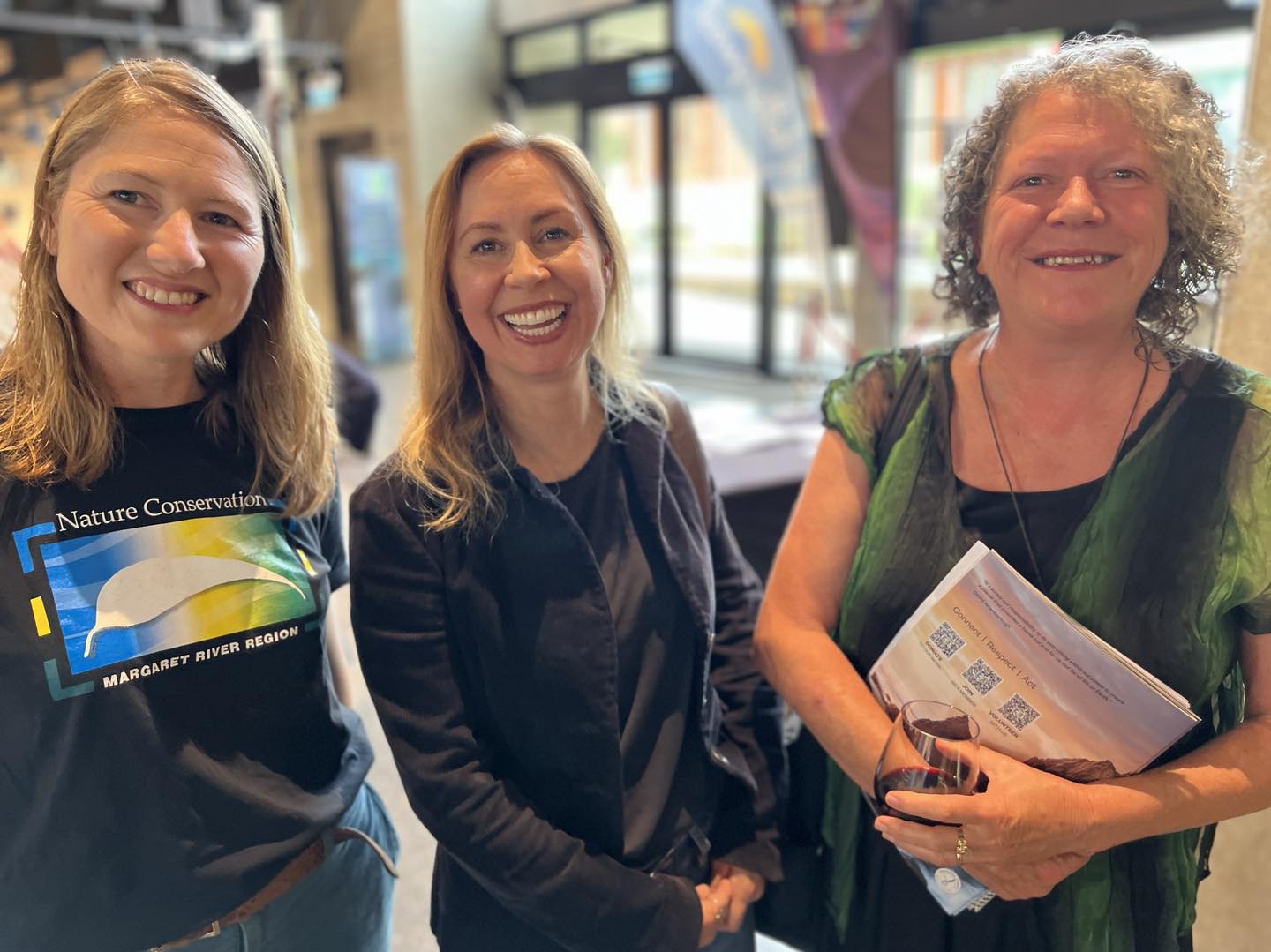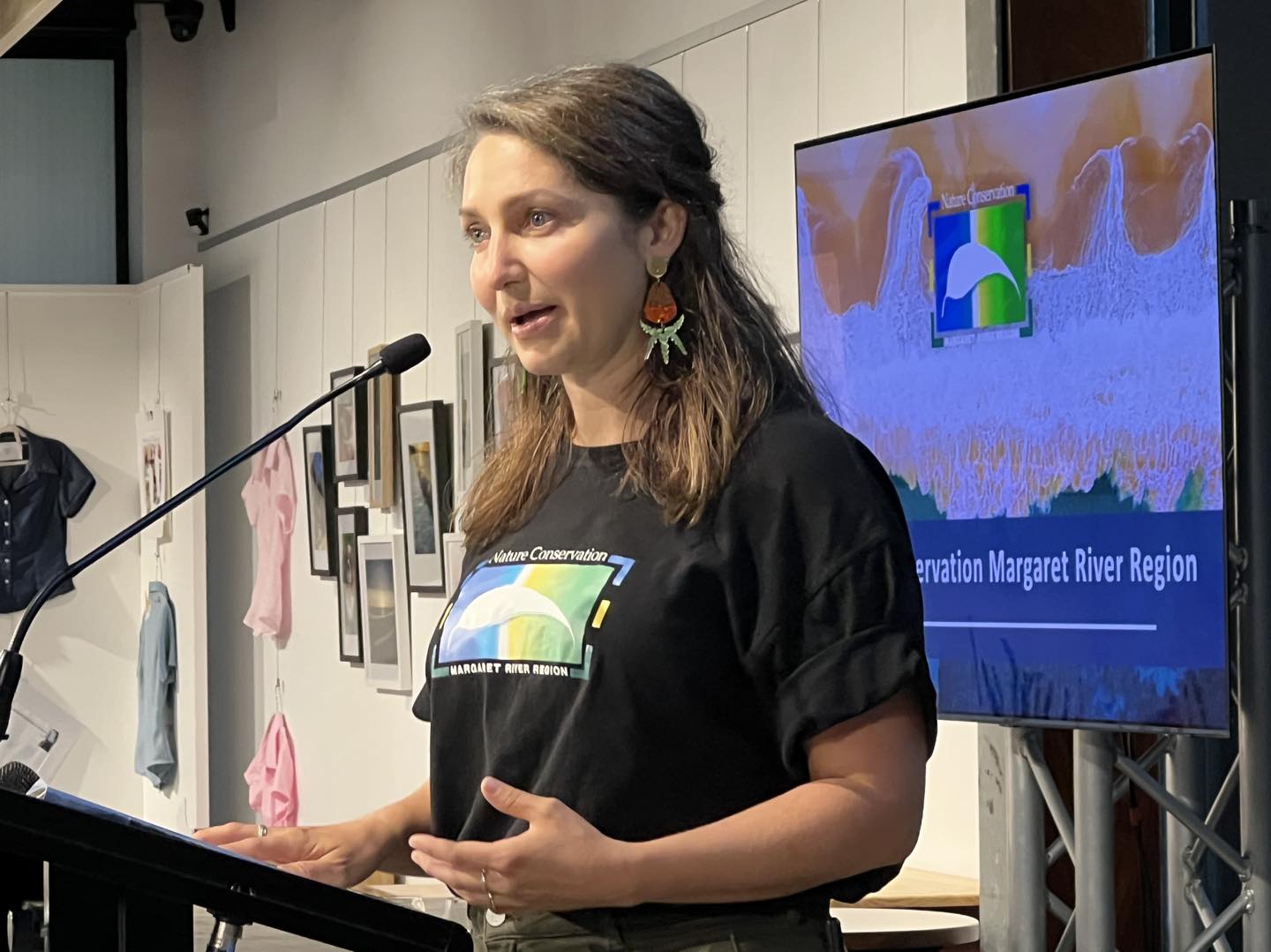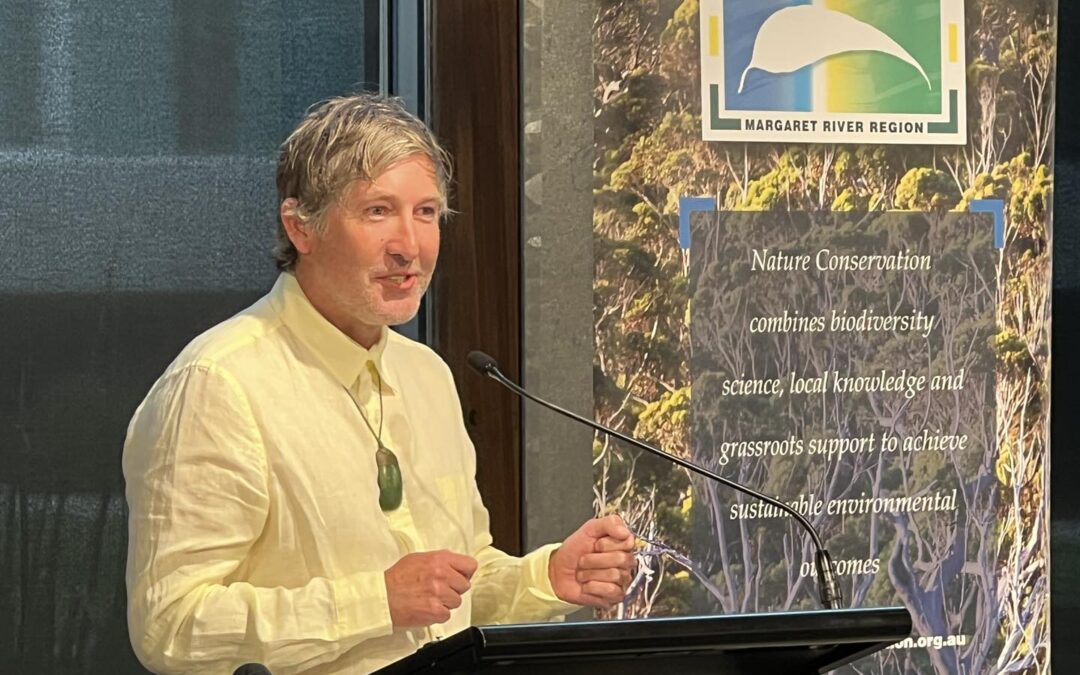Nature Conservation Margaret River Region has celebrated 25 years of conservation leadership and community impact, bringing together supporters, volunteers and members for an evening of connection, reflection and inspiration at the Margaret River HEART on Tuesday night.
The end-of-year celebration marked a milestone in the organisation’s history and recognised the many hands and hearts that have contributed to caring for country across the Margaret River Region since Nature Conservation’s beginnings in 1999.
CEO Aaron Jaggar thanked the community for its dedication to protecting the region’s extraordinary coastlines, forests, rivers and wildlife.
“From coast to forest and wetlands to backyards, volunteers, landholders and supporters have again rolled up their sleeves this year to give nature a helping hand,” he said. “This evening was about pausing to celebrate what we’ve achieved together, recognising the incredible contributions of our community, and looking ahead to the next 25 years of conservation.”

Friends and supporters listen to CEO Aaron Jaggar at the AGM
In his address, Mr Jaggar unveiled Nature Conservation’s bold new Capes Conservation Plan – a landmark, whole-of-landscape strategy to safeguard the Margaret River Region for future generations.
The campaign will seek to unite conservation, community, business, government and tourism leaders with traditional owners in a shared mission to protect the natural wonders that make this region world-famous. The plan will focus on protecting forests, rivers, coastlines and wildlife, while tackling the many threats from climate change, habitat loss and population growth.
Mr Jaggar said WA’s South-West is one of just 36 Global Biodiversity Hotspots on the planet – areas that cover less than 3 per cent of the Earth’s land surface yet are home to half the world’s plant species and 43 per cent of all birds, mammals, reptiles and amphibians.
“To qualify, a hotspot must be both rich in unique life and under threat. Our region is home to more than 4,000 plants found nowhere else on Earth, alongside extraordinary wildlife like the critically endangered Western Ringtail Possum, Carnaby’s Black Cockatoo, Hairy Marron and White-bellied Frog – all species that scientists warn could vanish within decades,” he said.
“To be named a Global Biodiversity Hotspot is both an honour and a warning. It means our region is irreplaceably rich in biodiversity – but it has already lost most of its original vegetation and habitat, and the wildlife that goes with it. If we want to hand on this legacy of wild beauty to future generations, the time to act is now.”
“This new strategy is about protecting what makes our region so unique and so loved – the natural environment. If we get this right, we will not only safeguard biodiversity, but also the foundations of our community wellbeing.”

Nature Conservation staff member Jodie Passmore, board advisor Emma Scaife and board member Natalie Chambers
The celebration also highlighted achievements from the past 12 months across key programs including Friends of Wooditjup Bilya, Caring for Coast, Arum Lily Blitz, Adopt a Spot, Our Patch, Protect Wooditjup Bilya, Waatu Kaatijin and the Cape Naturaliste Conservation Enterprise.
Guests then heard from program coordinator Hannah Weir, who spoke about the new Protect Wooditjup Bilya initiative and its focus on restoring and protecting the Margaret River and its surrounding catchment.

Hannah Weir discusses her Protect Wooditjup Bilya program at the AGM
The evening followed Nature Conservation’s Annual General Meeting, where members helped shape the organisation’s direction for the coming year.
The event closed with light refreshments, networking and a shared sense of purpose for continuing to protect the natural beauty and biodiversity of the Margaret River Region for generations to come.

